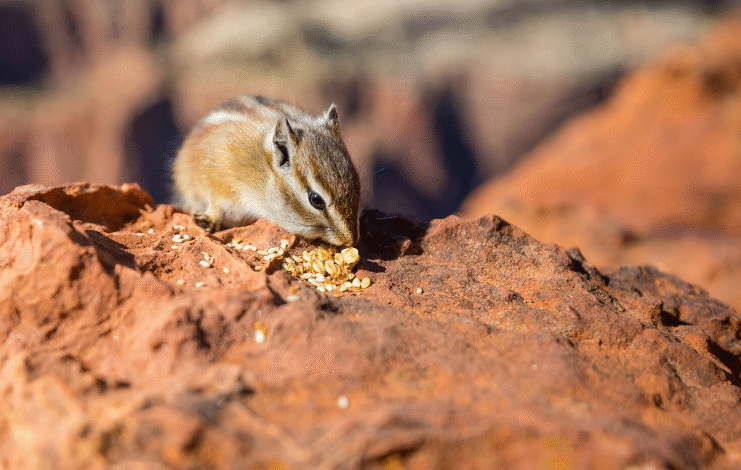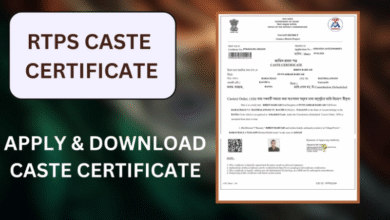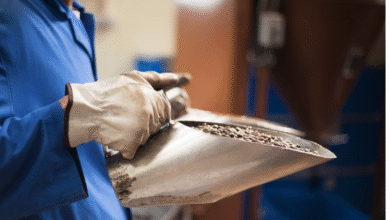Opossum Tracks How to Spot and Understand These Little Footprints in Nature

Opossum Tracks can tell you a lot about what’s happening in your backyard or nearby woods. These small prints are like nature’s little notes, showing where an opossum walked, stopped, or searched for food. If you love being outdoors or just want to learn more about wildlife, finding opossum tracks is a fun way to start. They look different from other animal prints, so it’s important to know what to look for. You don’t need to be a wildlife expert—just keep your eyes open and follow some easy tips. This guide will help you spot, read, and understand what opossum tracks mean, even if you’ve never done it before.
When you find opossum tracks, it’s like a puzzle you get to solve. These tracks often show five toes on each foot, and sometimes you can even see the tail mark behind. Opossums walk slowly, so their prints may be close together. The tracks can appear in dirt, snow, sand, or even on soft ground after rain. People who like tracking animals often use these signs to learn about what the animal was doing—like looking for food or hiding. You might find opossum tracks near trash cans, gardens, under porches, or in the woods. With a little practice, you’ll be able to tell if the tracks are fresh or old. This is a great way to connect with nature and understand the secret life of animals around you.
What Do Opossum Tracks Look Like? Easy Signs to Spot
Opossum tracks look a little like tiny hands and feet. Each foot has five toes, and the back feet look a bit like a person’s thumb. You might also see a tail mark between the footprints because opossums drag their tails when they walk. The prints are small and spread out, as opossums move slowly. The front feet are rounder, and the back feet are longer with a thumb sticking out. The toes often point out to the sides, not straight ahead like a dog’s paw. If the ground is soft or wet, the tracks are easier to see. Just look closely in mud, sand, or snow. Opossum tracks are fun to spot and easy to tell once you know what to look for.
Where to Find Opossum Tracks Around Your Home or Outdoors
Opossum tracks can show up in many places, especially at night when they come out to look for food. If you have a garden, trash bins, or bushes around your home, you might see tracks there. Look near fences, sheds, and woodpiles where they may hide. Opossums also like to walk along quiet paths, under decks, or close to the woods. If it has just rained or snowed, it’s a good time to check for tracks because the ground is soft. Early morning is best, as the prints are fresh from the night before. Watch for the five-toe shape and tail marks. Once you find one print, follow the trail and see where it leads!
Opossum Tracks vs. Other Animal Tracks: Know the Difference
Opossum tracks can look like raccoon or cat tracks, but there are small things that make them different. The biggest clue is the shape of the back foot—it has a thumb that points sideways, kind of like a monkey hand. Raccoons also have five toes, but their prints are longer and more even. Cats have four toes and don’t show claws in their prints. Dogs have four toes too, and their paws are rounder with claw marks. Opossums also leave a tail mark, which raccoons and others don’t. Once you learn these little details, you can tell the difference easily. Comparing tracks side-by-side helps a lot when you’re learning. Just take your time and look closely at the shape and spacing.
How to Tell If Opossum Tracks Are Fresh or Old
Fresh opossum tracks are clear, sharp, and easy to see. You can spot the toes, foot pad, and sometimes the tail drag very well. If the ground is wet or soft, the new prints will be deep and not broken. Older tracks might be faded or messed up by wind, rain, or other animals walking over them. In snow, fresh tracks look smooth and clean, while old tracks get icy or melted. One tip is to check how dry or firm the soil is around the print. If the edges are still soft, the print is probably new. Try walking nearby to compare how your own tracks look. Fresh tracks mean the opossum might still be close!
Fun Facts About Opossum Tracks Every Kid Should Know
Opossum tracks are cool because they look like tiny hands and feet. These animals have five toes on each foot, and they sometimes leave a line where their tail dragged behind them. Did you know opossums are the only marsupial in North America? That means they carry babies in a pouch, just like a kangaroo! When you see opossum tracks, you’re seeing a nighttime traveler at work. Opossums come out at night to find food like bugs, fruits, and leftovers. They walk slowly and often follow the same paths again and again, which means you can find lots of tracks in one spot. It’s like a little trail map they leave just for you to find!
What Opossum Tracks Tell Us About Their Night Adventures
Opossums are busy at night, and their tracks can tell you all about where they go. By following the prints, you can learn if they were looking for food, hiding under something, or just walking around. If the prints go to a trash can, the opossum was probably hunting for leftovers. If they lead to a hole or woodpile, that might be a cozy hiding spot. Sometimes the tracks go in circles, showing that the opossum was exploring or sniffing around. These little tracks are like a story on the ground—if you follow it, you can learn what the opossum did while everyone else was sleeping!
Best Places to Look for Opossum Tracks in Your Backyard
If you want to find opossum tracks in your backyard, look in quiet, shady places first. Opossums like to hide and stay away from noise. Try looking near bushes, fences, or sheds where it’s dark and safe. Check soft ground, like dirt, sand, or after a rain. These spots show tracks really well. You might also see prints near garbage bins or pet food bowls, especially at night. If you have chickens or fruit trees, they might sneak by those too. Early morning is the best time to look, while the prints are still fresh. Just grab a flashlight or step outside carefully and look down—you might be surprised at what you find!
Can You Follow Opossum Tracks? Try This Easy Trick
Yes, you can follow opossum tracks if you know what to look for! Start with the first clear track and follow the direction the toes are pointing. Take slow steps and keep your eyes low to the ground. If you lose the trail, try walking in a small circle to find it again. Use a stick to point at the next print without stepping on it. If you see a tail mark, it helps guide your way. Always follow the tracks safely—don’t go into places you shouldn’t. This is a fun way to explore nature and see how animals live. It’s like being a detective, but outside with fresh air and real animal clues.
Conclusion
Now you know all about opossum tracks and how to find them. They are fun, easy to spot, and tell cool stories about what these animals do at night. You don’t need fancy tools—just your eyes and a little curiosity.
Next time you’re outside, take a slow walk and look down. You might just see those tiny hand-like prints or a tail drag in the dirt. It’s a great way to enjoy nature, learn something new, and maybe even surprise your friends with your tracking skills.
FAQs
Q: What do opossum tracks look like?
A: Opossum tracks show five toes on each foot, and the back feet have a thumb-like shape. You might also see a tail line behind the prints.
Q: Where can I find opossum tracks?
A: Look near gardens, trash bins, sheds, or soft ground like dirt or snow. Early morning is the best time to see them.
Q: Are opossum tracks safe to follow?
A: Yes! Just stay in safe areas like your backyard or trail. Following tracks is a fun and safe nature activity for all ages.



